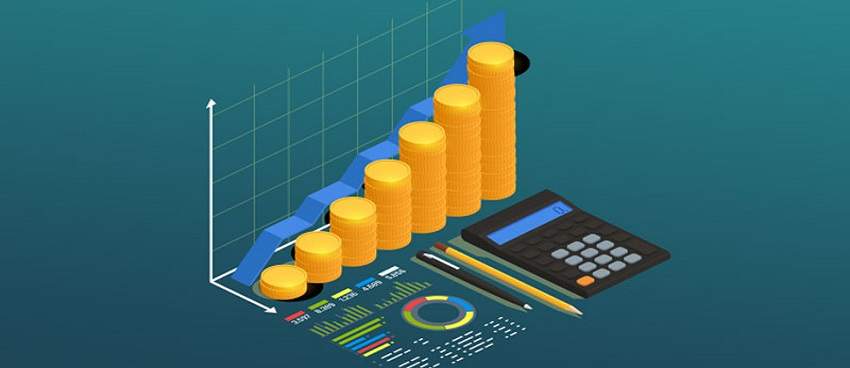Overview: Balanced Advantage Fund

Last Updated: 13th December 2022 - 12:08 pm
Every individual has different financial goals and a different risk appetite. Some have a higher risk appetite, who can invest in equity funds, some have a moderate risk appetite, they can invest in hybrid funds and individuals having lower risk appetite can invest in debt funds. Individuals who are new to equity market can start investing in hybrid funds as these funds are not as risky as equity funds and have components of both equity and debt.
Balanced advantage funds are the type of hybrid funds, which are also known as Dynamic asset allocation funds. These funds invest in equity as well as debt to provide diversification and manage the volatility of the market. As per the Association of Mutual Funds of India, the AUM of Balanced Advantage Fund is Rs 1,61,363.11 crore as of October 2021. These funds are actively managed by professionals; so, as compared to investing directly in the equity market, investing in these types of mutual funds is less risky. An investor willing to diversify his portfolio can invest in this fund as this scheme invests in equity as well as debt based on some proportion.
SEBI hasn’t provided any minimum cap for investing in equity & debt; so, asset management companies (AMC) decide the percentage of asset allocation in equity and debt according to the behaviour and conditions of the market. Generally, these funds invest a high percentage of investors’ capital in the equity and a lower percentage in debt. This helps these funds to be treated more like equity funds. These funds are also known as dynamic asset allocation funds; hence, the percentage of investment in equity and debt varies.
Benefits of balanced advantage funds:
Diversification: These funds diversify your capital invested between asset classes like equity and debt, which protects against market volatility. In case, equity markets aren’t performing well, the debt becomes the cushion and vice versa.
Dynamic asset allocation: The asset allocation of this fund is changed along with the changes in the market, which provides optimal benefits to the investors. As everyone knows the general rule of earning, higher profit is to buy at a low price and sell at a high price. This seems easy to understand theoretically but quite difficult to execute for individual investors. These funds offer investors to invest their money and earn better returns as they are managed by professionals, who will invest their money according to the market volatility and suitability.
End of emotional factors: These funds help to eliminate human biases during investment decision-making. In fact, investment decisions are made based on pre-decided parameters by the fund managers.
Returns: These funds aim to deliver returns closer to equity funds with lower volatility as well as to provide stability and regular income through exposure to debt/fixed income instruments.
Taxability: The taxation of hybrid funds is dependent upon the exposure of equity in the scheme. If equity exposure exceeds 65%, then it will be taxed as per the equity-oriented scheme but if its equity exposure does not exceed 65%, then it will be taxed as per the debt-oriented scheme. Hybrid equity-oriented funds will be taxed like pure equity i.e., if any short-term capital gains (STCG) arise from equity-oriented investments, it will be taxed at the rate of 15% and for long-term capital gains (LTCG) arising from equity-oriented investments, it will be exempted up to Rs 1 lakh while above Rs 1 lakh, it will be taxed at the rate of 10% without indexation. The hybrid debt-oriented fund will be taxed at the rate of 20% with indexation if it’s LTCG and as per income tax slabs if it’s STCG.
Following table depicts the top-performing balanced advantage fund based on one-year return along with its AUM and expense ratio:
|
Fund Name |
1-year return |
AUM (in Crs.) (As of 31st October 2021) |
Expense ratio (as of 31st October 2021) |
|
HDFC Balanced Advantage Fund
|
33.88% |
₹42,776 |
1.02% |
|
ITI Balanced Advantage Fund
|
25.90% |
₹305 |
0.44% |
|
Edelweiss Balanced Advantage Fund
|
24.41% |
₹6,331 |
0.45% |
|
Tata Balanced Advantage Fund
|
21.22% |
₹3,849 |
0.30% |
Trending on 5paisa
Discover more of what matters to you.
 Tanushree Jaiswal
Tanushree Jaiswal